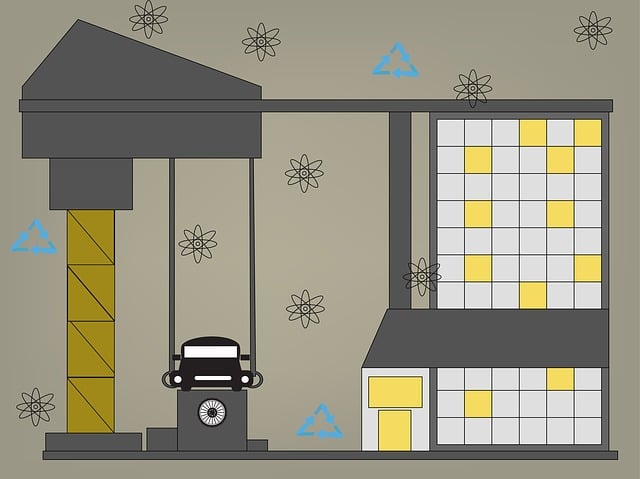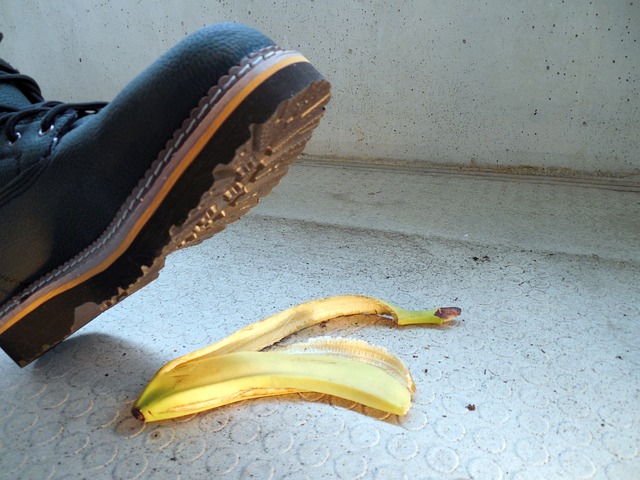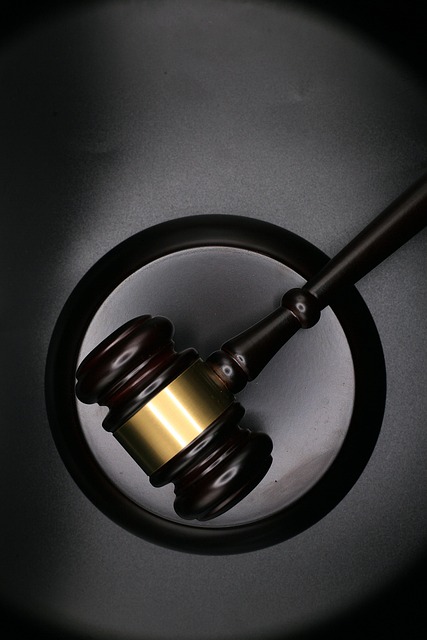Slip and fall settlement letters are crucial documents outlining compensation terms for personal injury victims before legal proceedings. These letters detail injury extent, medical expenses, pain and suffering, and potential amounts based on specific circumstances. Well-crafted letters provide a framework for negotiations, aiding individuals in obtaining fair slip and fall settlement agreements with or without legal representation from an accident lawyer.
In the complex landscape of personal injury law, especially in slip and fall compensation cases, a well-structured settlement letter is crucial. This guide navigates the basics of slip and fall settlement letters, empowering individuals to understand their rights and negotiate effectively. Learn about the key components that make a settlement letter comprehensive, enabling you to make informed decisions in pursuing just compensation for your injuries.
- Understanding Slip and Fall Settlement Letters
- Key Components of a Settlement Letter
- Negotiating Your Slip and Fall Compensation
Understanding Slip and Fall Settlement Letters
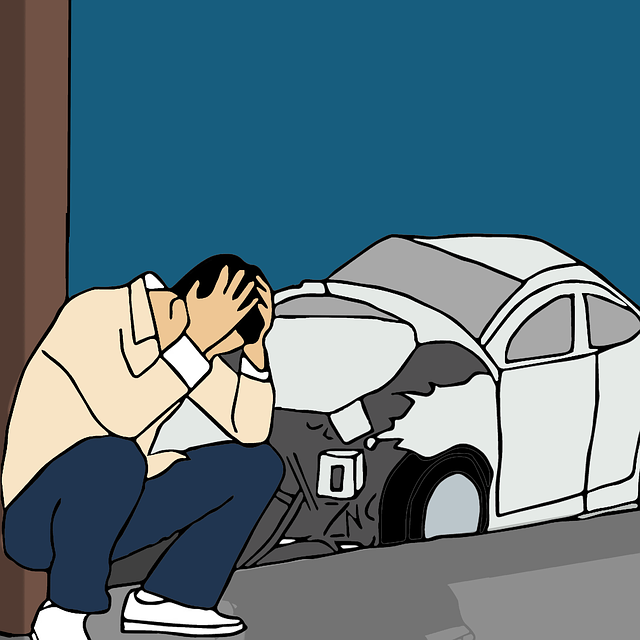
Slip and fall settlement letters are crucial documents in personal injury cases, especially when it comes to compensating victims for their injuries sustained due to another party’s negligence. These letters serve as a formal offer or demand for financial resolution before legal proceedings begin. Understanding their content is essential for both plaintiffs and defendants.
In the context of slip and fall incidents, these letters outline the terms of a potential settlement agreement. They typically include details such as the extent of injuries, medical expenses, and pain and suffering. For instance, if a client has been involved in a truck accident and suffers severe injuries resulting in long-term disability, a settlement letter might propose an amount covering medical bills, lost wages, and compensation for ongoing care requirements. It’s important to note that these letters are not legally binding until signed by both parties or a judge, but they do provide a framework for negotiations, helping individuals navigate the often complex process of obtaining accident compensation.
Key Components of a Settlement Letter
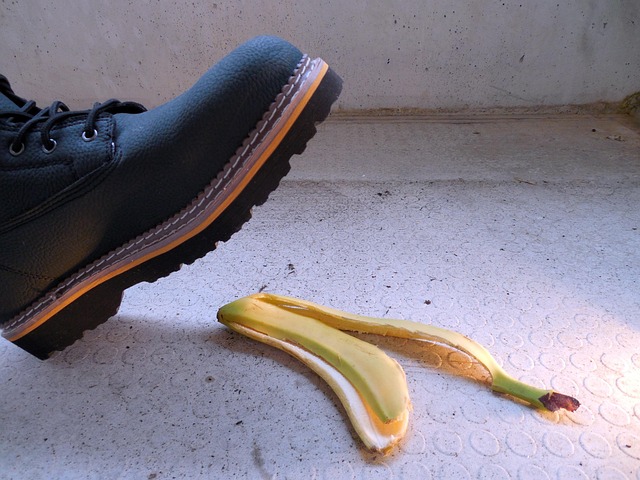
When negotiating a slip and fall settlement, a well-crafted settlement letter is crucial. This document outlines the key components of the agreement between the injured party and the defendant. Firstly, it should clearly state the terms of the settlement, including the monetary amount offered and any conditions attached. In the context of personal injury cases, this may include provisions for medical coverage, future care, and compensation for pain and suffering.
Secondly, a detailed breakdown of expenses related to the incident is essential. This includes medical bills, rehabilitation costs, and any other relevant out-of-pocket expenses. Unlike complex scenarios like medical malpractice or property damage claims, slip and fall settlements focus on compensating immediate and tangible losses. However, it’s important to remember that the letter should also address any potential long-term consequences, ensuring a comprehensive and fair resolution for all parties involved.
Negotiating Your Slip and Fall Compensation
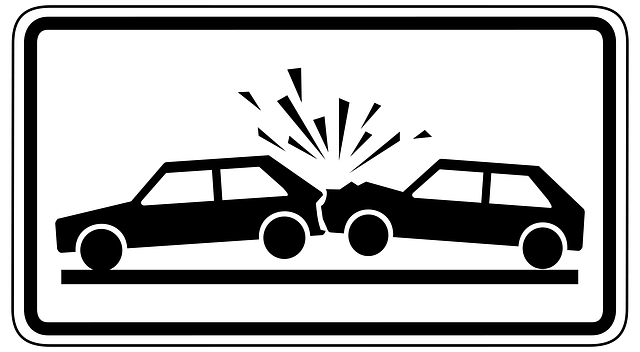
Negotiating your slip and fall compensation is a crucial step after sustaining serious injuries in such an accident. It’s important to remember that insurance companies often aim to pay out the least amount possible, so having a knowledgeable accident lawyer by your side can significantly enhance your settlement prospects. An experienced legal professional understands the nuances of these cases, including how to calculate damages and navigate complex medical records. They will advocate for your rights and ensure you receive fair compensation for your pain, suffering, and any long-term effects of your injuries.
In terms of settlement, consider the extent of your serious injuries and their impact on your daily life. Property damage resulting from the fall, such as broken items or damaged real estate, should also be taken into account. An accident lawyer can help you build a strong case by gathering evidence, including medical reports, witness statements, and expert opinions, to strengthen your claim and potentially reach a settlement without going to trial, saving time and legal fees.
A well-crafted settlement letter is an essential tool in slip and fall compensation cases, providing clarity and ensuring both parties are on the same page. By understanding the basics, recognizing key components, and knowing how to negotiate, you can navigate these complex conversations effectively. Remember, a thorough knowledge of your rights and the intricacies of settlement letters can significantly impact the outcome of your claim, potentially leading to a fair and just compensation for your injuries suffered due to someone else’s negligence.
